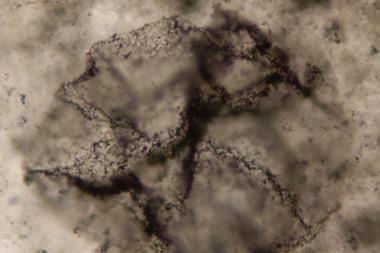Could adding iron to the ocean cut carbon dioxide levels?
Could adding iron to the ocean cut carbon dioxide levels?
Reports just in from a series of studies tracking the effects of ’iron fertilisation’ in the Southern Ocean add much needed data to a controversial hypothesis suggesting that adding iron to the ocean could curb rising atmospheric CO2 levels.
According to the hypothesis, increasing iron concentrations triggers the growth of algal blooms which then sequester atmospheric CO2 for photosynthesis: more iron, less atmospheric CO2. To test the hypothesis, the Southern Ocean Iron Experiment (SOFeX) added iron to areas of the Southern Ocean that support relatively low phytoplankton levels, and set up projects to monitor biological activity and long-term carbon storage.
Three research groups all found that iron fertilisation triggered an increase in phytoplankton numbers and an increase in uptake of atmospheric CO2, but this was dependent on silicilic acid 1,2. Increased uptake of CO2 was lower in regions with high silicic acid concentration 3, and not considered sufficient to sequester anthropogenic CO2.
The data represent an important first step in testing the hypothesis, conclude the authors.
Bea Perks
References
1. K Coale et al, Science, 2004, 304, 408
2. J K B Bishop et al, Science, 2004, 304, 417
3. K O Buesseler et al, Science, 2004, 304, 414






No comments yet